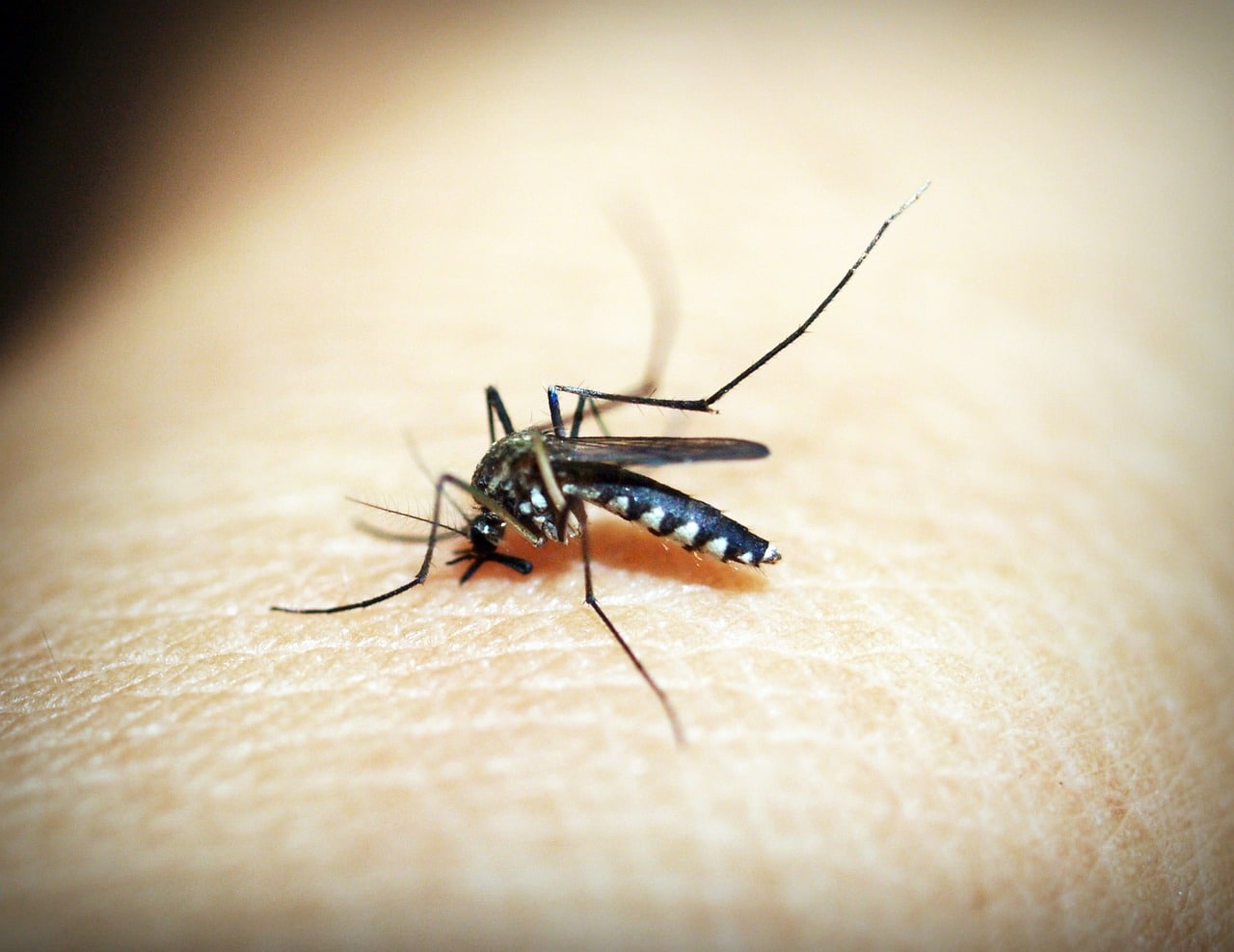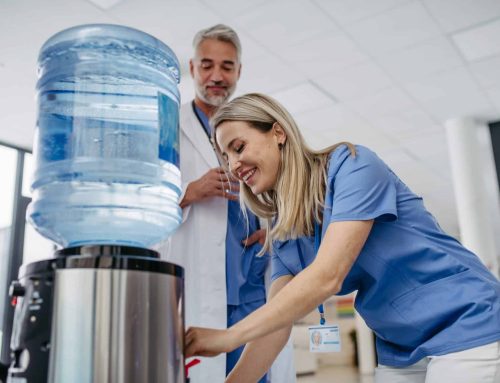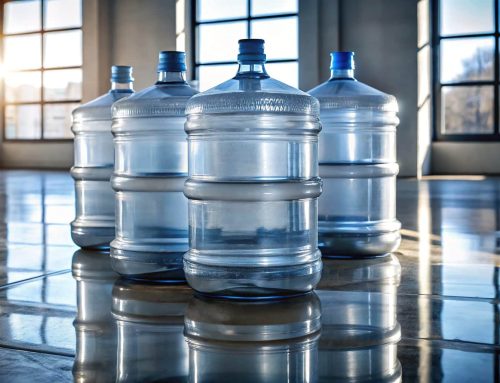A water-borne disease occurs as a result of pathogenic microorganisms that can easily be transmitted in fresh water that has been contaminated.
Right across the world today, many freshwater resources have already been contaminated, and continues to get even more contaminated, as people bathe in it, wash their clothes, cook their food and continue to disrupt the quality of the water, which is also caused by pollution.
Water is a fragile resource and it is required to survive. Although it is needed, however, the quality of drinking water must be 100% clean and serve the correct standards for people to drink it.
In many third world countries, the worst being India, and certain countries in Africa, hundreds of thousands of people, if not millions, live in poverty, has a lack of education and are desperate to make use of any water resource they could get their hands on.
Keeping this in mind, it’s easy to understand why scores of people get sick in these countries, or even why there occur casualties due to a lack of healthcare.
How water-borne diseases affect the world
4.1% of diseases in the world, according to the World Health Organization, are water-borne diseases and causes around 1.8 million deaths in humans worldwide annually.
Even though water-borne disease has been around for many years, it has become more complex with time, causing an increase in health issues. The main reason is that many water-borne diseases exist today, such as infections, didn’t exist before.
Luckily, thanks to technology, data is captured and tested more efficiently today, which allows scientists and doctors to treat water-borne diseases and locate the source thereof.
Some of the most common water-borne diseases include malaria, cholera, diarrhoea, hepatitis, dengue, scabies, typhoid, fluorosis, trachoma, botulism and anaemia, to name only but a few.
Get bottled water coolers and mains water coolers from Living-Water in London.






